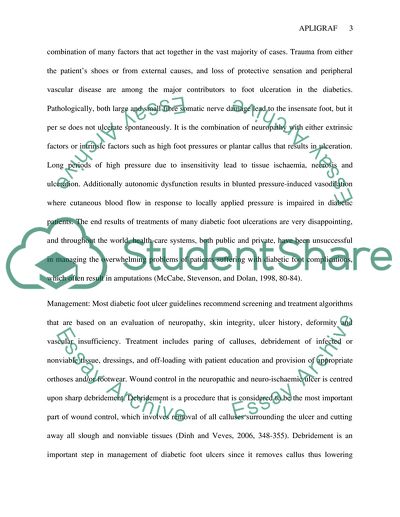Cite this document
(The Controversial Use of Apligraf in the Treatment of Diabetic Foot Research Paper, n.d.)
The Controversial Use of Apligraf in the Treatment of Diabetic Foot Research Paper. Retrieved from https://studentshare.org/medical-science/1719716-discuss-the-controversial-use-of-apligrafgraftskin-in-the-treatment-of-diabetic-foot-ulcers
The Controversial Use of Apligraf in the Treatment of Diabetic Foot Research Paper. Retrieved from https://studentshare.org/medical-science/1719716-discuss-the-controversial-use-of-apligrafgraftskin-in-the-treatment-of-diabetic-foot-ulcers
(The Controversial Use of Apligraf in the Treatment of Diabetic Foot Research Paper)
The Controversial Use of Apligraf in the Treatment of Diabetic Foot Research Paper. https://studentshare.org/medical-science/1719716-discuss-the-controversial-use-of-apligrafgraftskin-in-the-treatment-of-diabetic-foot-ulcers.
The Controversial Use of Apligraf in the Treatment of Diabetic Foot Research Paper. https://studentshare.org/medical-science/1719716-discuss-the-controversial-use-of-apligrafgraftskin-in-the-treatment-of-diabetic-foot-ulcers.
“The Controversial Use of Apligraf in the Treatment of Diabetic Foot Research Paper”, n.d. https://studentshare.org/medical-science/1719716-discuss-the-controversial-use-of-apligrafgraftskin-in-the-treatment-of-diabetic-foot-ulcers.


